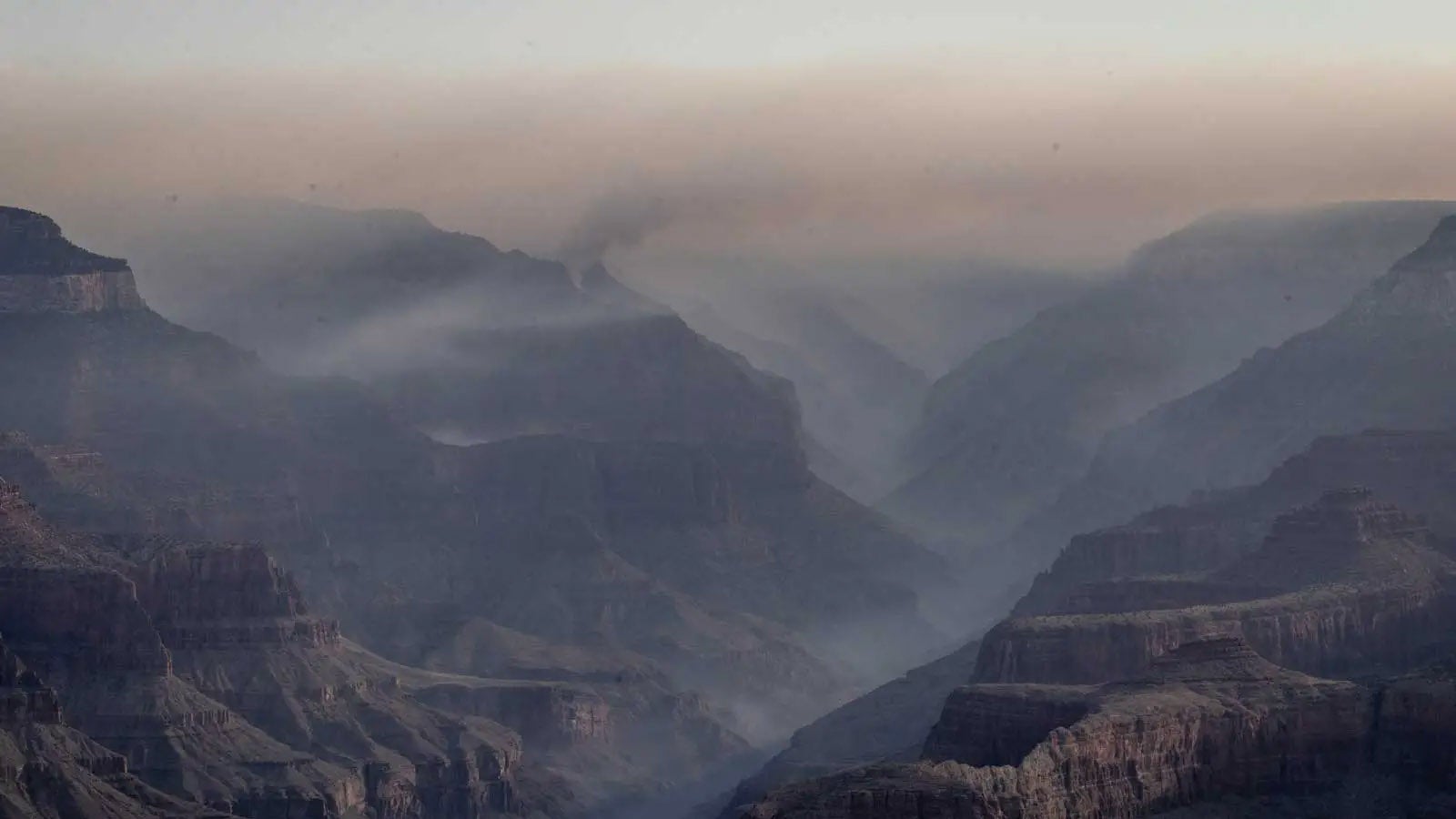| Above: The moon peeks out from the clouds as seen in the sky over Greenwich, Connecticut October 13, 2016. Image credit: TIMOTHY A. CLARY/AFP/Getty Images. |
If Florence makes landfall as a major hurricane along the U.S. East Coast, the storm will drive a large and damaging storm surge inland. But wind-driven storm surge is only part of the coastal flood threat from a hurricane—the timing of the storm’s arrival with respect to the high tide cycle is also critical, since a storm surge arriving at the time of high tide will be able to penetrate much farther inland than one arriving at low tide (for example, the tidal range between low tide and high tide at Charleston, South Carolina is up to seven feet, see Figure 1). The combined inundation of the storm surge plus the tide above the normal high tide mark is called the storm tide. The National Hurricane Center, in their storm surge advisories, refers to this as the height the water gets above ground level.
It is too early to tell when Florence’s storm surge might arrive with respect to high tide or low tide. However, we can look at the monthly tidal cycle and see that Florence’s likely closest approach to the Southeast U.S. coast on September 13 corresponds to an increased risk of storm surge damage, due to the phase of the moon.
 |
| Figure 1. The daily tidal cycle at Charleston, South Carolina for September 2018. There are two high tides and two low tides per day. The highest high tides and lowest low tides occur during the time of the new moon (September 9) and full moon (September 24). The tidal range between low tide and high tide is up to seven feet, so it matters greatly for storm surge flooding if the surge arrives at high tide or at low tide. The high tide on the most likely date for Florence’s closest approach to the Southeast U.S. coast, September 13 (marked with an asterisk), is the ninth highest tide of the month, and is 0.51 feet above high tide (Mean Higher High Water, or MHHW). Image credit: NOAA Tides and Currents. |
The highest tides of the month occur during the new moon and full moon
Each month, the Earth experiences two periods that have higher tides than normal, due to the phase of the moon. The highest tides occur during the new moon or full moon, since the pull of the moon aligns with the pull of the sun at those times to make the oceans bulge out farther. The new moon in September occurs on Sunday, September 9, and the highest tides of the month will occur within a day of that date. The tides will gradually decrease in height, reaching a minimum on September 18, then increase again until the full moon occurs on September 24. Florence’s landfall thus would have been a worst-case scenario if the storm had hit during the peak of the monthly tidal cycle, which fortunately isn’t going to happen. Unfortunately, the tides on September 13, 2018 are still among the highest tides of the month, since they occur only four days after the new moon. Fortunately, Florence will not be hitting during the very highest tides of the year—the king tides—which are the spring tides in late fall through early winter in the Northern Hemisphere, when Earth is as close to the sun as it gets for the year.
For Charleston, South Carolina, considering just the higher of the two high tides that occur each day, the highest tide of the month will occur on Sunday, September 9, at 1.12 feet above high tide (Mean Higher High Water, or MHHW). The lowest high tide will occur on September 18, at 0.17 feet below MHHW. The high tide on September 13, when Florence is expected to make its closest approach, will be 0.51 feet above MHHW, making it the 9th highest tide of the month. So, we will have a storm tide about 0.6 feet lower than we would have had if Florence had hit on September 9, but 0.7 feet higher than if the hurricane had hit during the lowest tides of the month, on September 18. The situation is similar along much of the U.S. East Coast, though the tidal range can be smaller or larger than Charleston’s.
 |
| Figure 2. Taxis sit in a flooded lot after Hurricane Sandy October 30, 2012 in Hoboken, New Jersey. (Photo by Michael Bocchieri/Getty Images). |
An extra 0.7 feet of water can make a big difference in storm surge damage
An extra 0.7 feet of storm tide can make a big difference in storm surge damage. For example, Hurricane Sandy of 2012 brought a storm tide of 9.2 feet (2.8 meters) to New York City. Scientists at Climate Central calculated that if the storm surge had been just 0.7 feet (0.2 meters) lower, the city would have avoided $2 billion in storm surge damage—17% of the total storm surge damage in the city. The scientists picked 0.7 feet as their threshold to study, since that is the amount of sea level rise that has occurred since 1900 in New York City, primarily from human-caused global warming. The higher surge due to sea level rise affected 11.4% more people and 11.6% more housing units than it would have otherwise. In total, storm surge flooding from Sandy in New York City caused $11.9 billion in damage, affecting 579,529 people in 250,569 housing units. A separate study by Lloyds of London found an even larger impact on storm surge damage from sea level rise--as much of 30% of Sandy’s storm surge damage could be attributable to the 0.7-foot long-term rise in sea-level, they said.
I'll have a new post late this morning with all the latest on Florence, which is a serious threat to the U.S. East Coast.



